Ski slope colors
We advise you to find out what is the difference between the four colors of the ski slopes before you go to the ski resort.
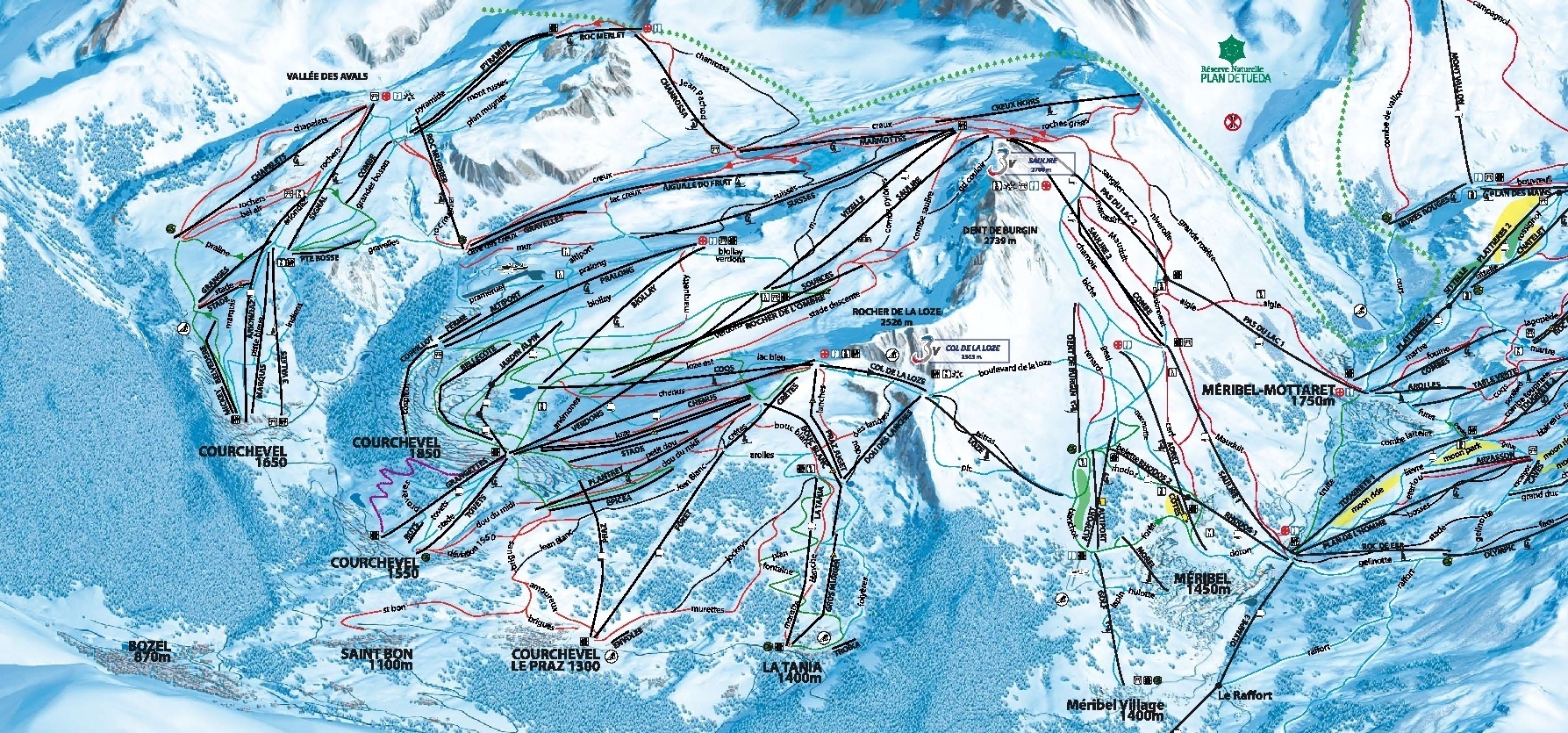
Alpine skiing is an extreme sport, and it is worth considering when you are relaxing in the mountains. You must choose the right ski slopes for yourself, so that your vacation goes well.
There are four levels of track difficulty:
GREEN ski slope
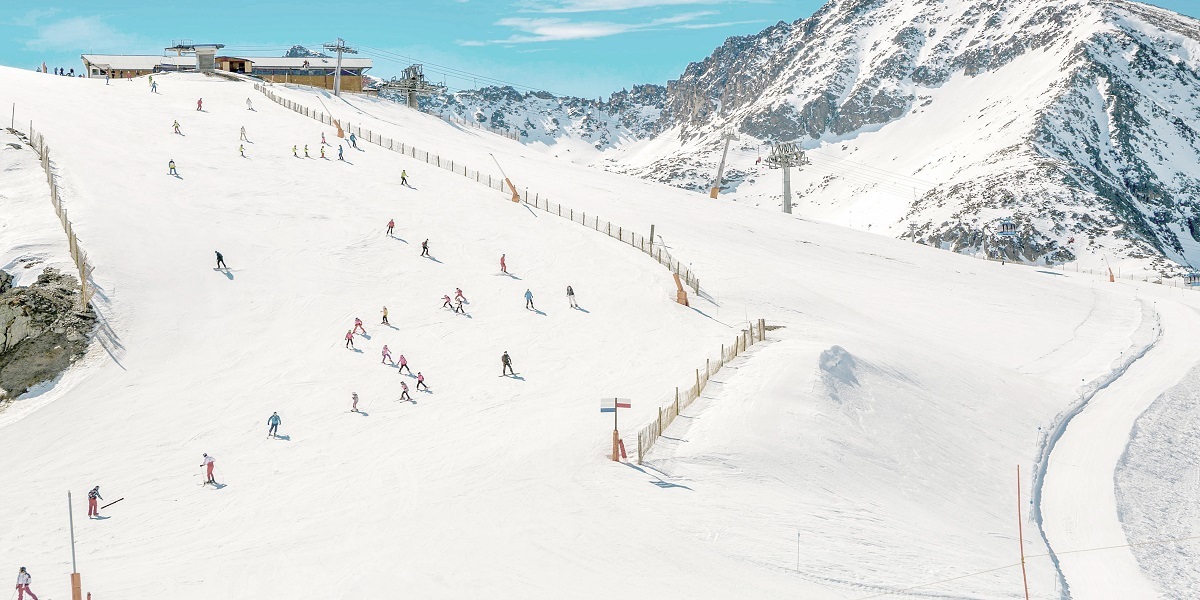
These are slopes on which a novice skier can ride in a straight line, practically without gaining speed. They have a slope of 6 to 24%. As a rule, such ski slopes are located at the very foot of the mountain and have a large slope width.
BLUE ski slope
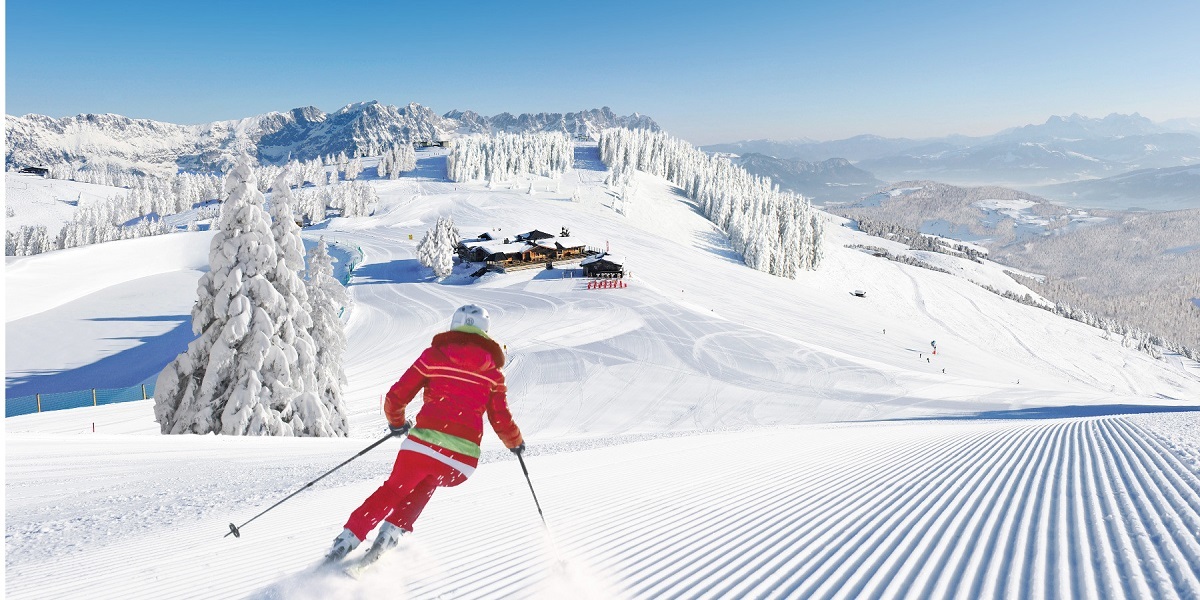
This is already an average level of difficulty, and therefore not the first acquaintance with skis, plus the ability to confidently make turns is necessary! But the blue slopes are more popular among vacationers. The slope is about 25% and they are always in the majority in the resort. As well as the number of inexperienced athletes on them, so be careful and vigilant.
RED ski slope
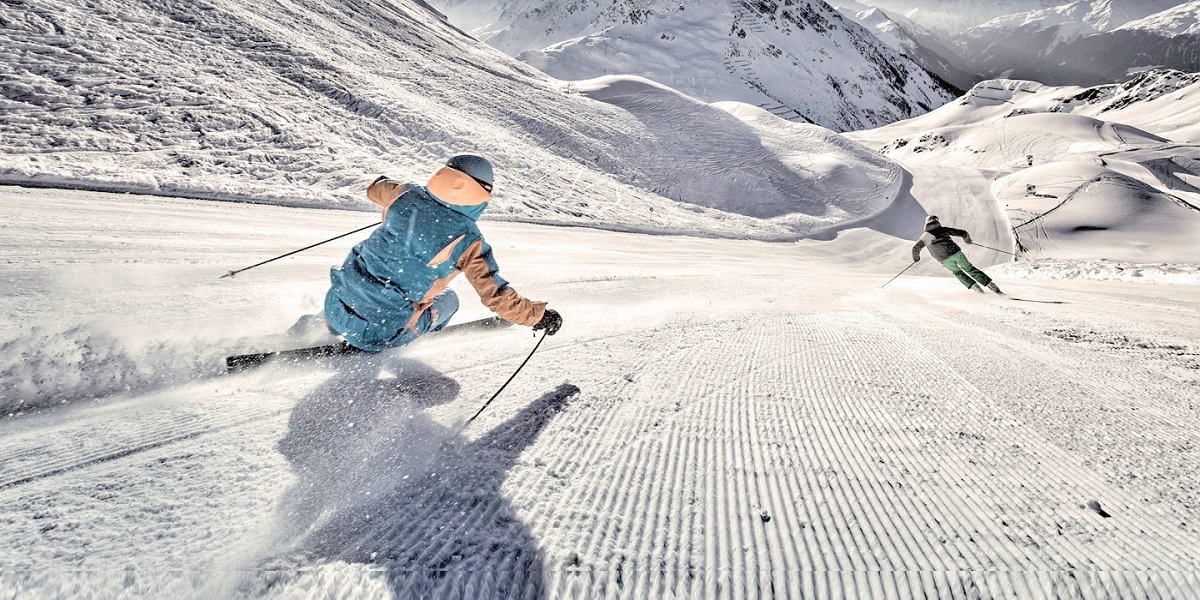
These slopes are often narrower and steeper in places, sometimes up to 40%. Here you need the ability to master well enough turns of a small radius on parallel skis and flattening, on which you can have time to pay off the speed. Simple descents in a straight line will surely lead you to undesirable consequences.
BLACK ski slope
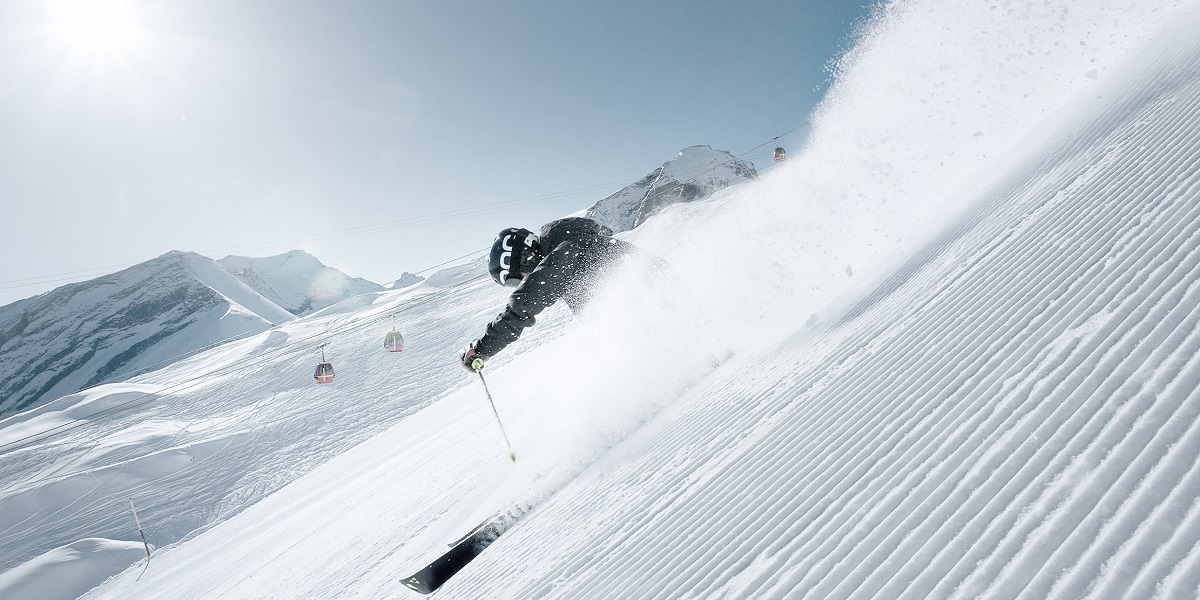
Such ski slopes are dangerous not only for beginners, but also for experienced tourists! Not all of them are processed by snowcats and you can meet anything on them. The slope of such slopes is more than 40%, it is constantly changing, and sometimes reaches its maximum steepness. Plus, sharp turns with slope changes, sometimes in some places skiing turns into jumping, so if you can’t confidently and quickly pass the red slopes, it’s better to postpone the trip to the black ones for now - you won’t get pleasure, and the risk is too high.
⠀
It is also very important not to forget that the steepness of the slopes is rather underestimated than overestimated, so if the track is “red”, it is closer to an easy “black” than to a difficult “blue”.
You could book the transfer, if you whant to get to the ski resort
< Luggage size How to get to Courchevel >